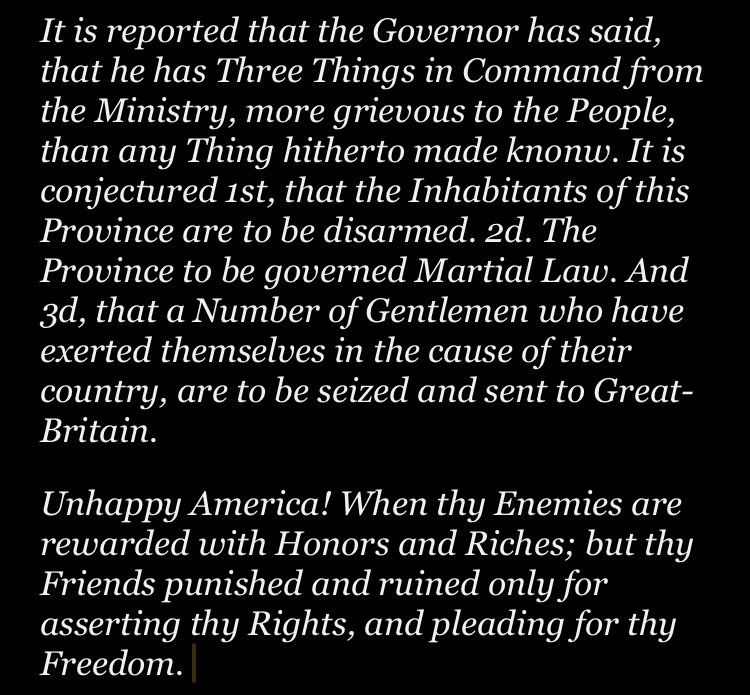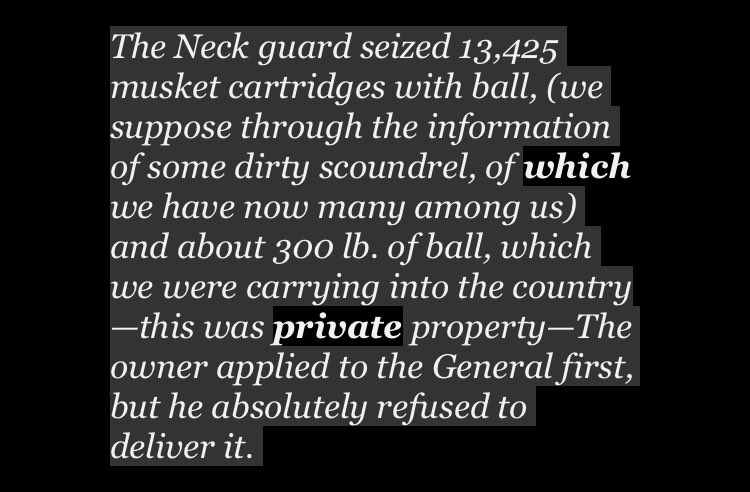The Second Amendment was inspired by British plans to disarm every American.
A part of you probably already knew this, but didn’t have the details.
I’m about to chill you to the bones And give you every piece of evidence you need moving forward. So buckle up.
It began In 1768, “the freeholders” led by John Hancock and James Otis, met in Boston at Faneuil Hall and passed several resolutions. Including “that the Subjects being Protestants, may have Arms for their Defense.”
The royal governor rejected this proposal.
And per The New York Journal, (Feb. 2, 1769) they ordered colonists turn in their guns.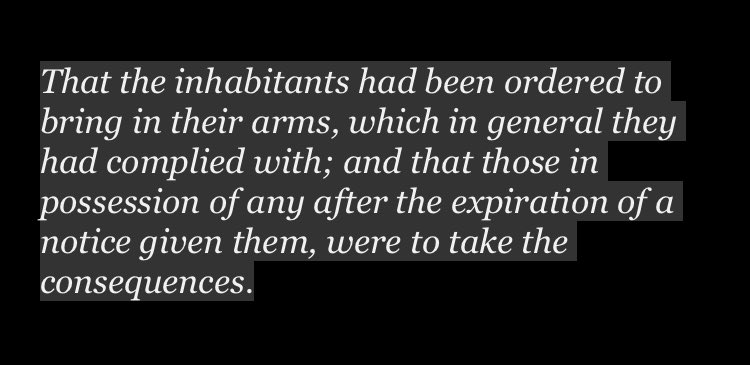
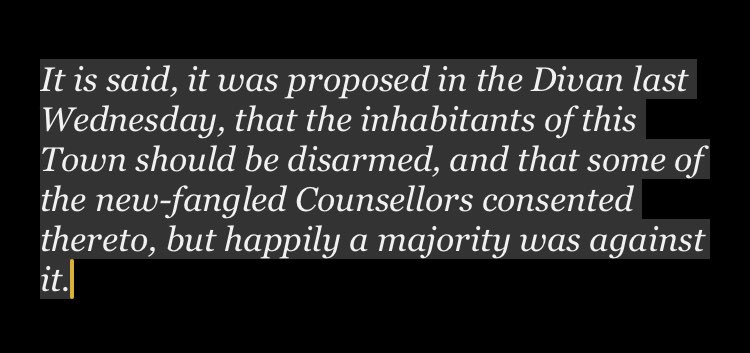
In an affidavit, a man name Thomas Ditson testified that an Undercover British soldier pressured to him to buy a gun he had. When Ditson caved, a group of British soldiers appeared and he was tarred and feathered.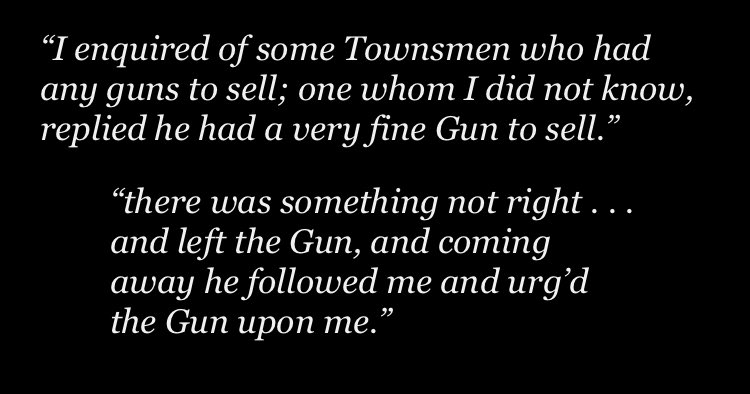
“Disperse you Rebels—Damn you, throw down your Arms and disperse.”
“And that, the arms aforesaid at a suitable time would be return’d to the owners.”
Because some Bostonians have always been this stupid.
except Samuel Adams and John Hancock.
Seriously How fukin badass were these men.
Per the (Connecticut Journal and New-Haven Post-Boy, June 21, 1775)
This was drafted by Thomas Jefferson and John Dickinson, and to be perfectly honest, we should probably know as much about it as we do the founding Documents. Wonder why we don’t.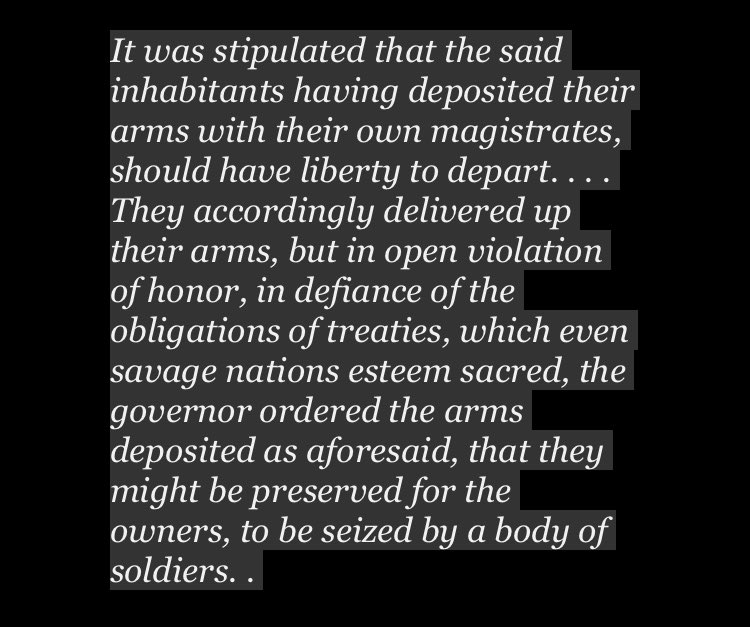

“safekeeping.”
Banning imports.
Direct seizure.
Tarring and feathering.
And finally shooting persons bearing whatever they say is “arms”.
So what do we do?
We learn from our past.
Sam Adams had always drawn the connection that those who wanted to disarm us, also fiercely wanted to stop us from petitioning our grievances.
Before the second amendment.
/end
This Highly recommended book:
A Declaration for the Causes and Necessity of Their Taking Up Arms.
avalon.law.yale.edu/18th_century/a…
More on General Knox
More on the Freeholders



